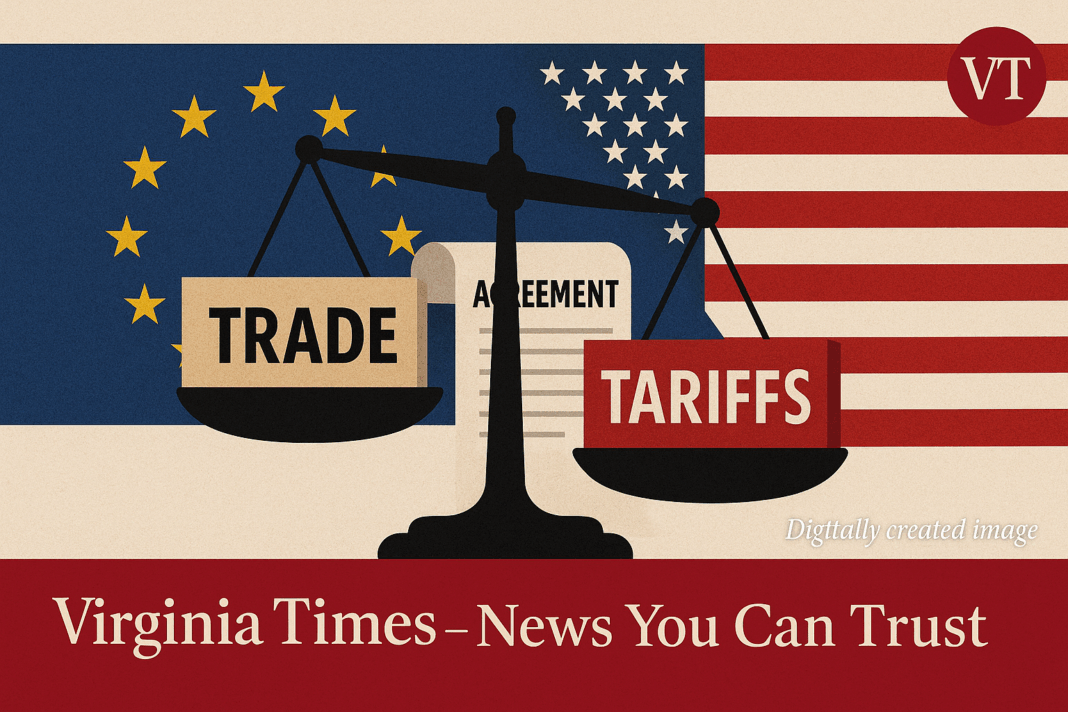- The EU proposes tariff reductions on “non-sensitive” goods while preparing €95 billion in retaliatory measures.
- U.S. tariffs on European auto, aerospace, and pharmaceutical goods raise concerns among EU policymakers and industry leaders.
- The EU plans 100% tariffs on Russian fertilizers, prompting discussions on increasing food imports from the U.S.
- Trade negotiations hinge on U.S. willingness to reciprocate tariff relief.
- Failure to reach a deal could escalate trade tensions and disrupt transatlantic supply chains.
The State of EU-US Trade Relations
The EU and the U.S. share the world’s largest bilateral trade and investment relationship, totaling €1.6 trillion in 2023, according to the European Commission. This economic partnership supports millions of jobs and facilitates critical trade in pharmaceuticals, aerospace components, and machinery.
Despite this strong relationship, tensions have mounted as the U.S. imposed tariffs on European auto, aerospace, and pharmaceutical goods, according to the European Council. These tariffs have raised concerns among EU policymakers and industry leaders, who warn that continued enforcement could lead to factory closures and job losses.
EU’s Response to Trade Challenges
In preparation for a possible breakdown in talks, the EU has drawn up plans to retaliate with €95 billion in export restrictions, as reported by the European Council. These measures would target a broad range of sectors, including industrial and agricultural products, to counterbalance economic impacts.
Additionally, the EU has proposed 100% tariffs on nitrogen-based fertilizers from Russia, according to EU trade policy statements. This move is expected to significantly impact European farmers, leading to discussions on increasing food imports from the U.S. to stabilize agricultural supply chains. While no formal agreements have been announced, EU trade officials have acknowledged the need for alternative sources of fertilizers and food imports as confirmed by the Council of the EU.
Potential Outcomes of Trade Negotiations
The EU’s offer to reduce tariffs on “non-sensitive” goods has been received as a conciliatory gesture. However, progress depends on U.S. reciprocation. The Biden administration has not signaled a return to comprehensive trade deal discussions, instead focusing on sector-specific engagements and regulatory cooperation, according to the U.S. Congressional Research Service.
Without a resolution, the EU may resort to stricter trade policies, escalating tensions. The consequences could ripple across industries, affecting manufacturers, consumers, and investors alike.
Conclusion
As EU-U.S. trade talks continue, policymakers must weigh economic pressures against geopolitical priorities. The outcome of these negotiations will shape the future of transatlantic commerce. With billions in trade at stake, the global business community watches closely.
A global media for the latest news, entertainment, music fashion, and more.















